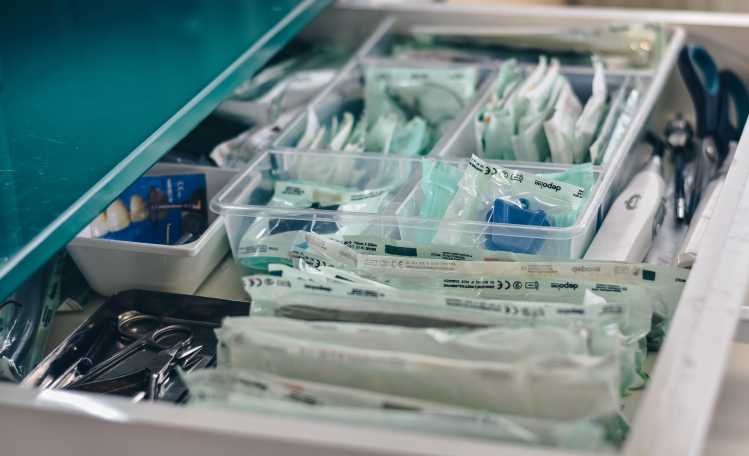
The COVID-19 pandemic has created global supply chain issues, including shortages in critical supplies needed to provide healthcare safely and efficiently. While this initially began with personal protective equipment (PPE) shortages for medical workers working with COVID-19 patients, it has expanded to shortages in supplies including basics such as crutches. A report from Kaufman Hall in October 2021 found that 99% of hospitals and health systems are experiencing supply procurement challenges. Three in four (78%) hospitals and healthcare systems also noted that they had to find new vendors during the pandemic. These shortages, coupled with shortages in staffing, have dramatically impacted hospital and health care system’s revenue cycles, with 75% of respondents noting that they had experienced revenue cycle impacts during the pandemic. Given these challenges, what can hospitals and health systems do to help address these potential supply shortfalls?
In speaking with C-suite members of large medical organizations, Becker’s Hospital Review also notes that there are several tactics that can be applied more ad hoc to address shortages.
Danielle DeBari at NYC Health + Hospitals notes that her organization has diversified its suppliers and set up data systems that measure and flag when there are potential shortages on the horizon. She notes, “By planning far enough in the future and addressing anticipated issues early, a health system can get ahead of a challenge and pivot so its patients and overall communities do not experience any disruption in care.” Similarly, Chrisopher O’Connor at Yale New Haven Health notes that, “We are ensuring that critical medical supplies have some sort of guaranteed supply or are within an available, owned stockpile. This is challenging from a logistics and cost standpoint, so it is a delicate balance. We are also involved with our group purchasing organization, Vizient, to ensure that vendors are held accountable for sustainability, etc., where possible.”
Beyond broadly focusing on predicting in advance, Kaufman Hall has also made a set of five recommendations that hospitals and healthcare systems should take into consideration when addressing supply shortages:
- Diversify suppliers where possible and attempt to partner with other suppliers where possible.
- Use technology in the hospital’s favor–set up an inventory management system and gain insight into your supply chain issues (ideally before they occur).
- Determine if there are acceptable substitutes to the supply that is hard to access (if even only in the short-term).
- “Gather supply chain data and building supply demand models per category or supply items, as well as sharing this data with vendors and requesting the same visibility from them.”
- Set up rigorous vetting standards for all vendors to ensure that those vendors who are on your organization’s trusted list are able to confidently address needs.
Avant-garde Health’s CareMeasurement platform can help your organization understand supply use (and potential ways in which that use can be redirected or modified), as it provides organizations with a detailed breakdown of supply use. Built into this breakdown are details about what supplies were used in a procedure and what the supplies cost for the different procedures. If a particular physician is using supplies which have been found to be extraneous to a case, your organization can realize cost savings in redirecting physicians to use only supplies necessary for each case.
READ NEXT
CDC Guidance on Addressing Staff Shortages
February 10th, 2022
This short post goes over a few things to keep in mind from the CDC when it comes to working with the ongoing healthcare staff shortages.
